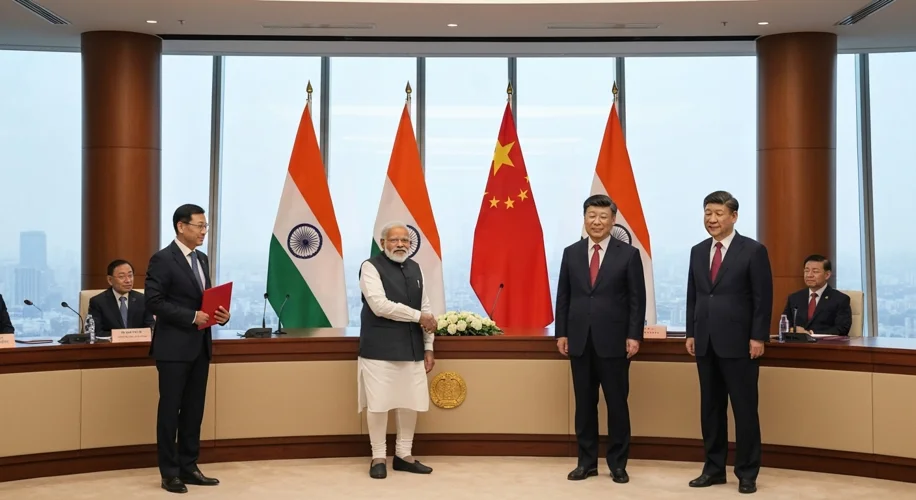The ancient dance between India and China, two titans of history and civilization, has often been a complex ballet of cooperation and contention. From the earliest whispers of trade along the Silk Road to the more recent, often strained, geopolitical exchanges, their relationship is a narrative woven with threads of shared heritage and differing ambitions.
For millennia, these two colossal neighbors, separated by the towering Himalayas, have influenced each other’s cultures, philosophies, and economies. Buddhism, originating in India, journeyed eastward, deeply embedding itself within Chinese society. Conversely, Chinese innovations and trade goods found their way west, enriching Indian markets. Yet, this historical tapestry also bears the marks of conflict, with border disputes and ideological differences casting long shadows.
In the annals of modern history, the relationship has seen periods of both warmth and deep chill. The Panchsheel Agreement of 1954, a cornerstone of early post-colonial diplomacy, aimed to foster peaceful coexistence. However, the Sino-Indian War of 1962 marked a severe rupture, leading to a prolonged period of distrust and strained relations.

Fast forward to the present day, and the landscape is shifting once more. At the recent Shanghai Cooperation Organisation (SCO) Summit, a significant diplomatic overture was made: India and China agreed to resume direct flights between their nations. This development, seemingly modest on the surface, carries a weight of historical context and potential future implications.
The decision to restart direct flights is more than just an increase in air travel; it’s a symbolic gesture of thawing relations. After years of limited connectivity, exacerbated by global events and bilateral tensions, the resumption of flights signifies a tentative step towards normalization. For ordinary citizens, this means easier travel, fostering cultural exchange, and potentially reigniting tourism and business ventures that have long been dormant.
From a diplomatic standpoint, the agreement signals a shared desire, at least at the SCO summit, to de-escalate tensions and find common ground. The SCO, a Eurasian political, economic, and security alliance, provides a multilateral platform where such discussions can take place, offering a neutral ground for navigating complex bilateral issues.
The impact of this move is likely to be multifaceted. Economically, improved connectivity can boost trade and investment, two areas where India and China, despite their size, have room for significant growth in their bilateral relationship. Culturally, it opens avenues for deeper understanding through people-to-people exchanges, academic collaborations, and shared tourism experiences.
However, it is crucial to view this development within the broader context of their relationship. The deep-seated issues, including border disputes and strategic competition, have not vanished overnight. The resumption of flights is a positive step, but it is likely one maneuver in a much larger, ongoing strategic game.
Analysts will be watching closely to see if this diplomatic opening translates into concrete actions on other fronts. Will it lead to further de-escalation along the Line of Actual Control? Will economic ties strengthen beyond this initial step? The journey of India and China has always been dynamic, a perpetual recalibration of ancient civilizations in the modern world.
The restart of direct flights is a chapter in this ongoing saga, a testament to the enduring power of diplomacy to bridge divides, even between nations with a history as complex and profound as India and China. It’s a reminder that even after periods of strain, the potential for renewed cooperation always exists, echoing the ancient interactions that first shaped the destinies of these two Asian giants.

